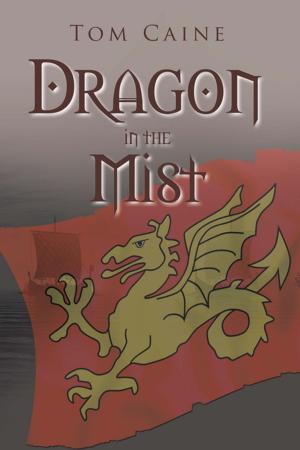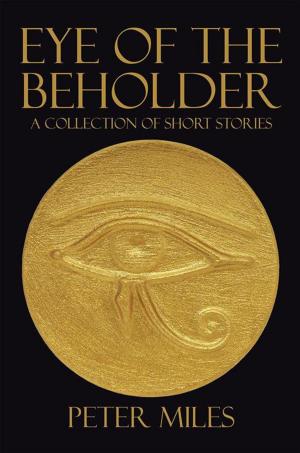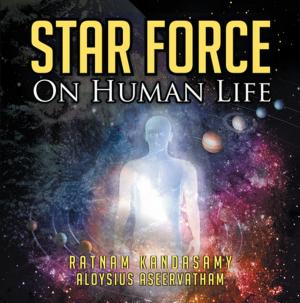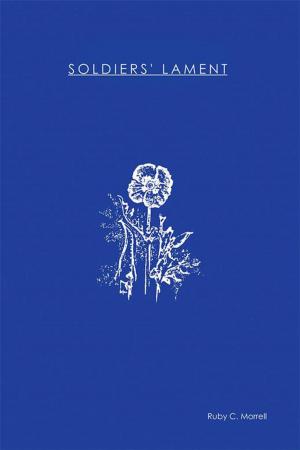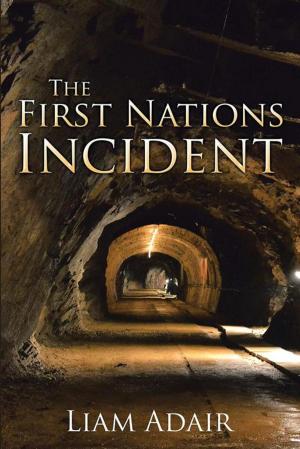Singapore and Asia - Celebrating Globalisation and an Emerging Post-Modern Asian Civilisation
Business & Finance| Author: | Edward SW TI, TK Ti | ISBN: | 9781469183657 |
| Publisher: | Xlibris AU | Publication: | April 6, 2012 |
| Imprint: | Xlibris AU | Language: | English |
| Author: | Edward SW TI, TK Ti |
| ISBN: | 9781469183657 |
| Publisher: | Xlibris AU |
| Publication: | April 6, 2012 |
| Imprint: | Xlibris AU |
| Language: | English |
SINGAPORE AND EAST ASIA----CELEBRATING GLOBALIZATION AND EMERGENCE OF A POST-MODERN ASIAN CIVILIZATION The economic achievements of peoples bear a close relationship with their cultures and level of development of their civilization. Until the 16th century, the major world civilizations were similar in stage of development in being feudalistic, authoritarian and religious. Since then with the Enlightenment, the age of Reason and the control of nature through mastery of science, Western civilization has taken a quantum leap in creating the modern industrial world and achieved wealth through colonization and globalization. In stagnating for centuries, Asians paid dearly at the feet of Western hegemony. Nevertheless, through the embrace of techno-science whilst retaining traditional values, Asians are now catching up fast. East Asians have happily discovered that practicing their cultural heritage of Confucianism, Taoism and Buddhism has been to their advantage. This thesis has been reinforced by Communist Chinas phenomenal success in the global economy. At the same time East Asia has found cultural consonance with the philosophy of Constructive post-modernism. This has been a movement in the West which questions the precepts of modernism, its materialism and lack of spirituality, its failure to achieve harmony in society and amongst nations, and its excessive exploitation of Mother Nature. Constructive post-modernism movement has placed its biggest hope in the harmonious rise of Marxist China. An East Asian champion of globalization has been Singapore. Initially thought too small to exist as a country, Singapore has surprised in reaching the ranks of a global city well within a life span. SINGAPORE----Celebrating globalization and fusion of civilizations Singapore is currently ranked 7th in position as a global city, joining in wealth and influence New York, London and Tokyo. Caux Round Table, a global index of social capital in 2009 ranked Singapore 14th among 200 countries. Singapore was top in Asia and ahead of the United States and Britain. Singapores exciting fusion of Western and Asian civilizations started in 1819 when the British East India Company set up a trading post at the sparsely populated island off the Southern tip of Malaya at the strategic Straits of Malacca. When colonial initiatives made Malaya into the worlds biggest producer of rubber and tin, the port city grew into the New York of Malaya. Following the usual rhetoric of newly independent countries against colonial exploitation, the Republic of Singapore was pragmatic in remaining closely aligned to the Western world. The elevation of English to be the first language of instruction in all schools not only helped unify multi-lingual Singapore, but also facilitated linkage with the global economy and progress in techno-science. English speaking workers together with other positive factors such as hard work ethics, freedom from labor strikes and corruption attracted MNC investment. Since the 1960s Singapore has become the biggest MNC hub in the world. In 2007, over 7000 foreign companies account for $15 billion or 85% of fixed asset investment and 44.5% of the GDP. Besides MNCs, Western talents in top level management, finance, academia and research have all been recruited. International Advisory Panels (IAP) continue to assist Government and statutory bodies. Unlike much of Asia, a key element in Singapores success has been winning the war against corruption through political will, tough anti-corruption laws and paying ministers and civil servants well. Transparency International has consistently ranked island-State as one of the least corrupt countries in the world. The livability of Singapore has for past decades been significantly improved by clearance of slumps, clean tree-lined and crime-free streets, decent housing, and access to high quality education and healthcare. Architectural legacy
SINGAPORE AND EAST ASIA----CELEBRATING GLOBALIZATION AND EMERGENCE OF A POST-MODERN ASIAN CIVILIZATION The economic achievements of peoples bear a close relationship with their cultures and level of development of their civilization. Until the 16th century, the major world civilizations were similar in stage of development in being feudalistic, authoritarian and religious. Since then with the Enlightenment, the age of Reason and the control of nature through mastery of science, Western civilization has taken a quantum leap in creating the modern industrial world and achieved wealth through colonization and globalization. In stagnating for centuries, Asians paid dearly at the feet of Western hegemony. Nevertheless, through the embrace of techno-science whilst retaining traditional values, Asians are now catching up fast. East Asians have happily discovered that practicing their cultural heritage of Confucianism, Taoism and Buddhism has been to their advantage. This thesis has been reinforced by Communist Chinas phenomenal success in the global economy. At the same time East Asia has found cultural consonance with the philosophy of Constructive post-modernism. This has been a movement in the West which questions the precepts of modernism, its materialism and lack of spirituality, its failure to achieve harmony in society and amongst nations, and its excessive exploitation of Mother Nature. Constructive post-modernism movement has placed its biggest hope in the harmonious rise of Marxist China. An East Asian champion of globalization has been Singapore. Initially thought too small to exist as a country, Singapore has surprised in reaching the ranks of a global city well within a life span. SINGAPORE----Celebrating globalization and fusion of civilizations Singapore is currently ranked 7th in position as a global city, joining in wealth and influence New York, London and Tokyo. Caux Round Table, a global index of social capital in 2009 ranked Singapore 14th among 200 countries. Singapore was top in Asia and ahead of the United States and Britain. Singapores exciting fusion of Western and Asian civilizations started in 1819 when the British East India Company set up a trading post at the sparsely populated island off the Southern tip of Malaya at the strategic Straits of Malacca. When colonial initiatives made Malaya into the worlds biggest producer of rubber and tin, the port city grew into the New York of Malaya. Following the usual rhetoric of newly independent countries against colonial exploitation, the Republic of Singapore was pragmatic in remaining closely aligned to the Western world. The elevation of English to be the first language of instruction in all schools not only helped unify multi-lingual Singapore, but also facilitated linkage with the global economy and progress in techno-science. English speaking workers together with other positive factors such as hard work ethics, freedom from labor strikes and corruption attracted MNC investment. Since the 1960s Singapore has become the biggest MNC hub in the world. In 2007, over 7000 foreign companies account for $15 billion or 85% of fixed asset investment and 44.5% of the GDP. Besides MNCs, Western talents in top level management, finance, academia and research have all been recruited. International Advisory Panels (IAP) continue to assist Government and statutory bodies. Unlike much of Asia, a key element in Singapores success has been winning the war against corruption through political will, tough anti-corruption laws and paying ministers and civil servants well. Transparency International has consistently ranked island-State as one of the least corrupt countries in the world. The livability of Singapore has for past decades been significantly improved by clearance of slumps, clean tree-lined and crime-free streets, decent housing, and access to high quality education and healthcare. Architectural legacy





